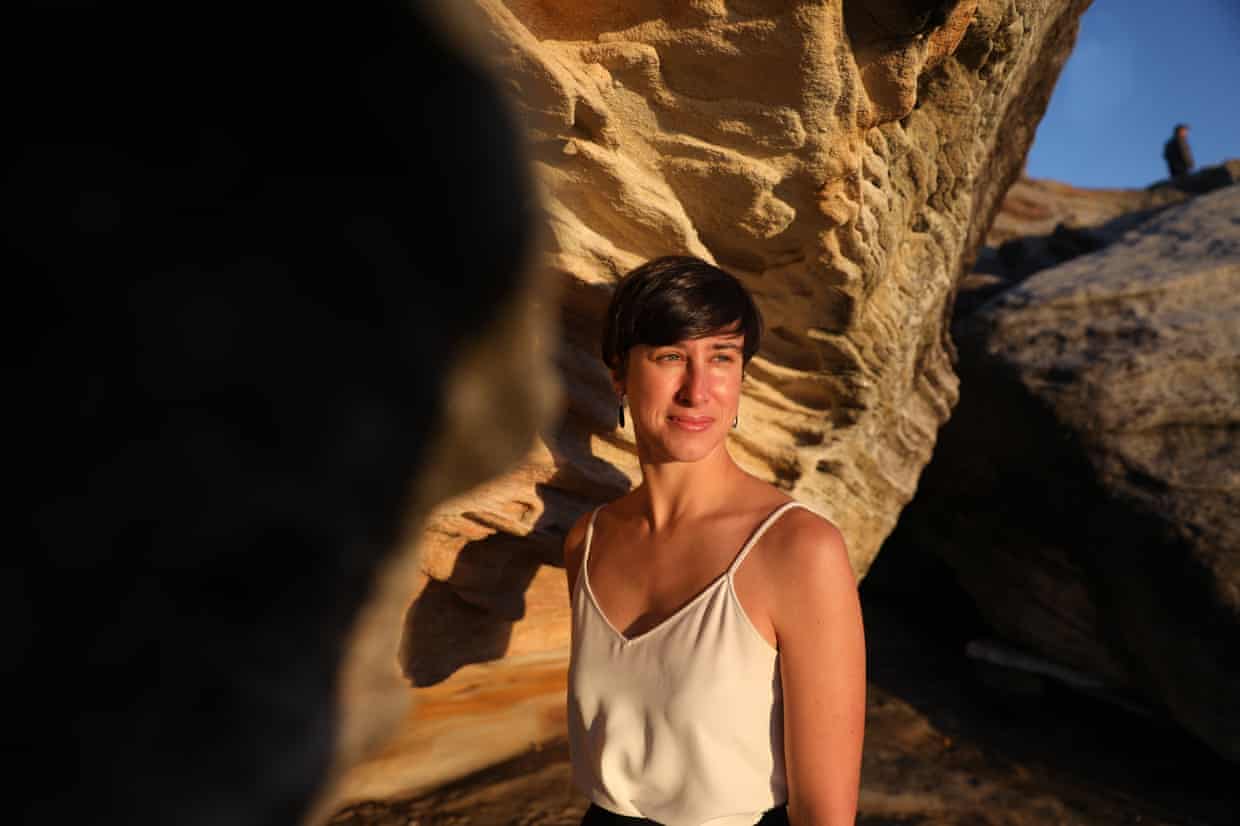Water worlds: the magic of New South Wales’ ocean pools
For five years, Nicole Larkin has been documenting the state’s unique abundance of coastal pools. Guardian Australia has mapped the Sydney-based architect's efforts, revealing sites of human ingenuity, and natural beauty
We start on the southern edge of a small curved beach in the Clarence Valley. Overlooked by green hills and a 112-year-old surf lifesaving club, Yamba ocean pool is the northernmost in the state. The chain of 58 pools that follows stretches 1,000km, all the way to Aslings beach rockpool in Eden, close to the Victorian border. Cleverly constructed to exploit natural rock platforms, these pools feel intimately connected to their natural environments, with unconstructed edges, lapping waves, sandy bottoms and their own marine ecosystems. Many were built during the Great Depression and all the pools featured here remain vital public amenities to this day. Providing both access to and shelter from the ocean, they are places of celebration, community and play.
North coast





Newcastle and the Central Coast






Northern beaches















Sydney east











Cronulla




Wollongong to Kiama
















South coast




